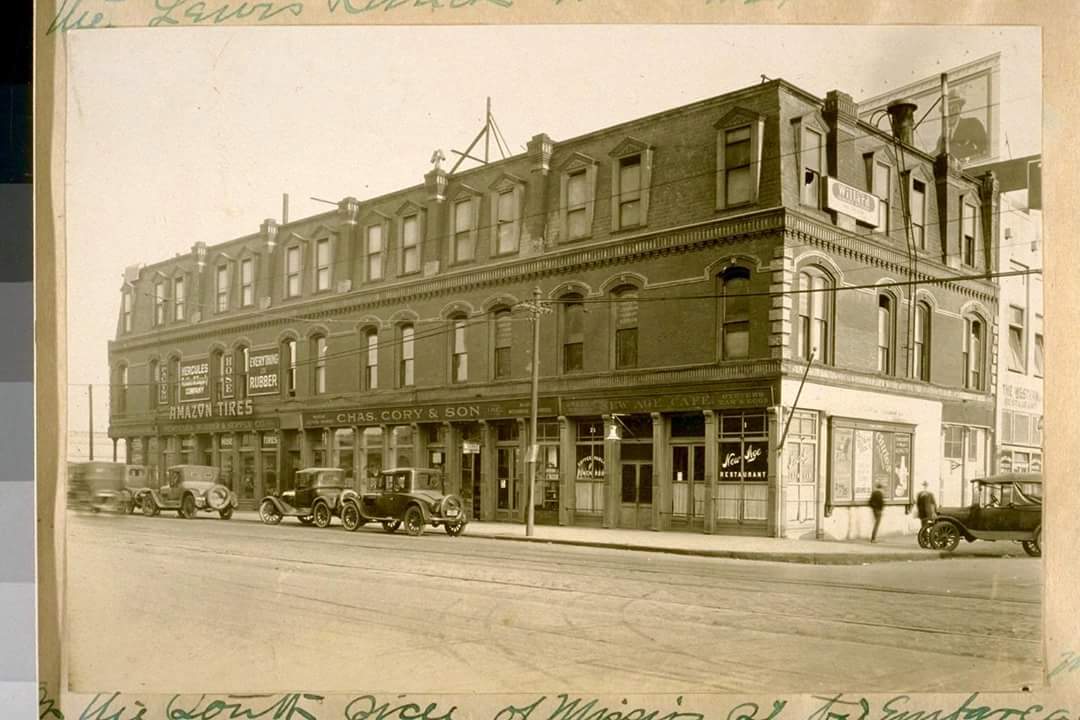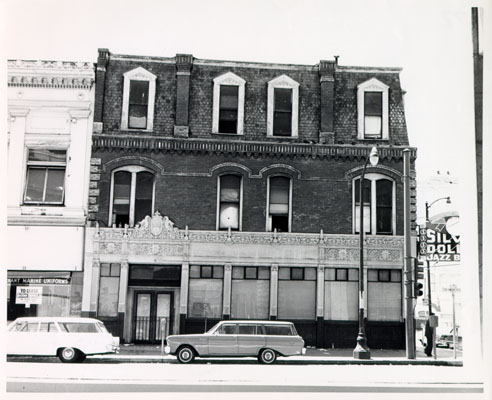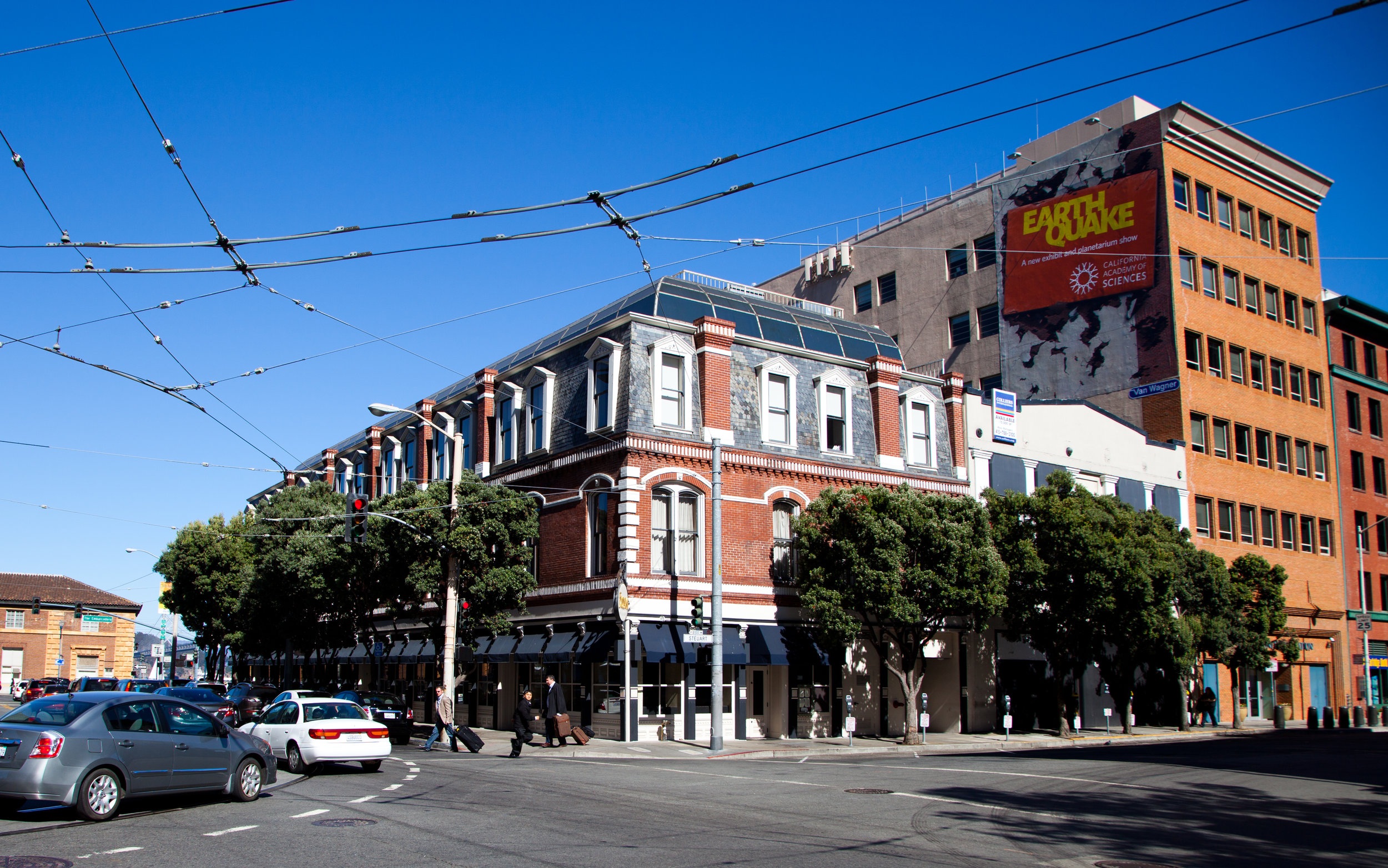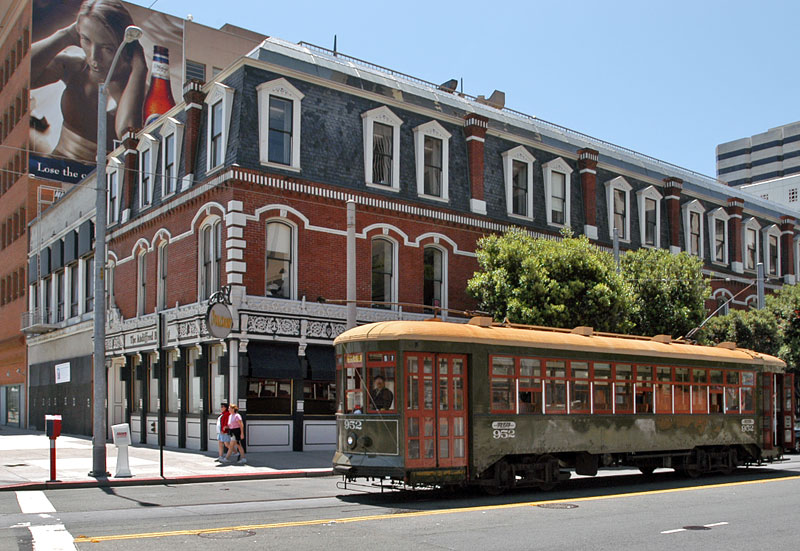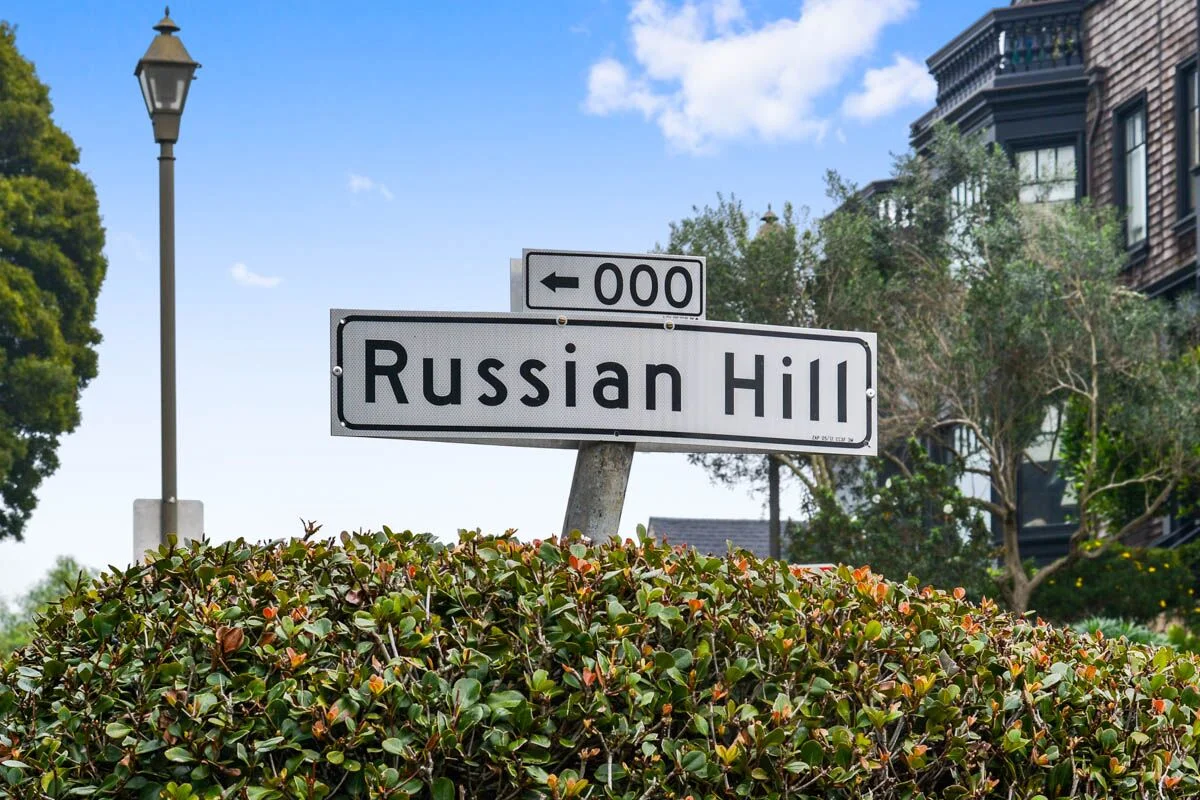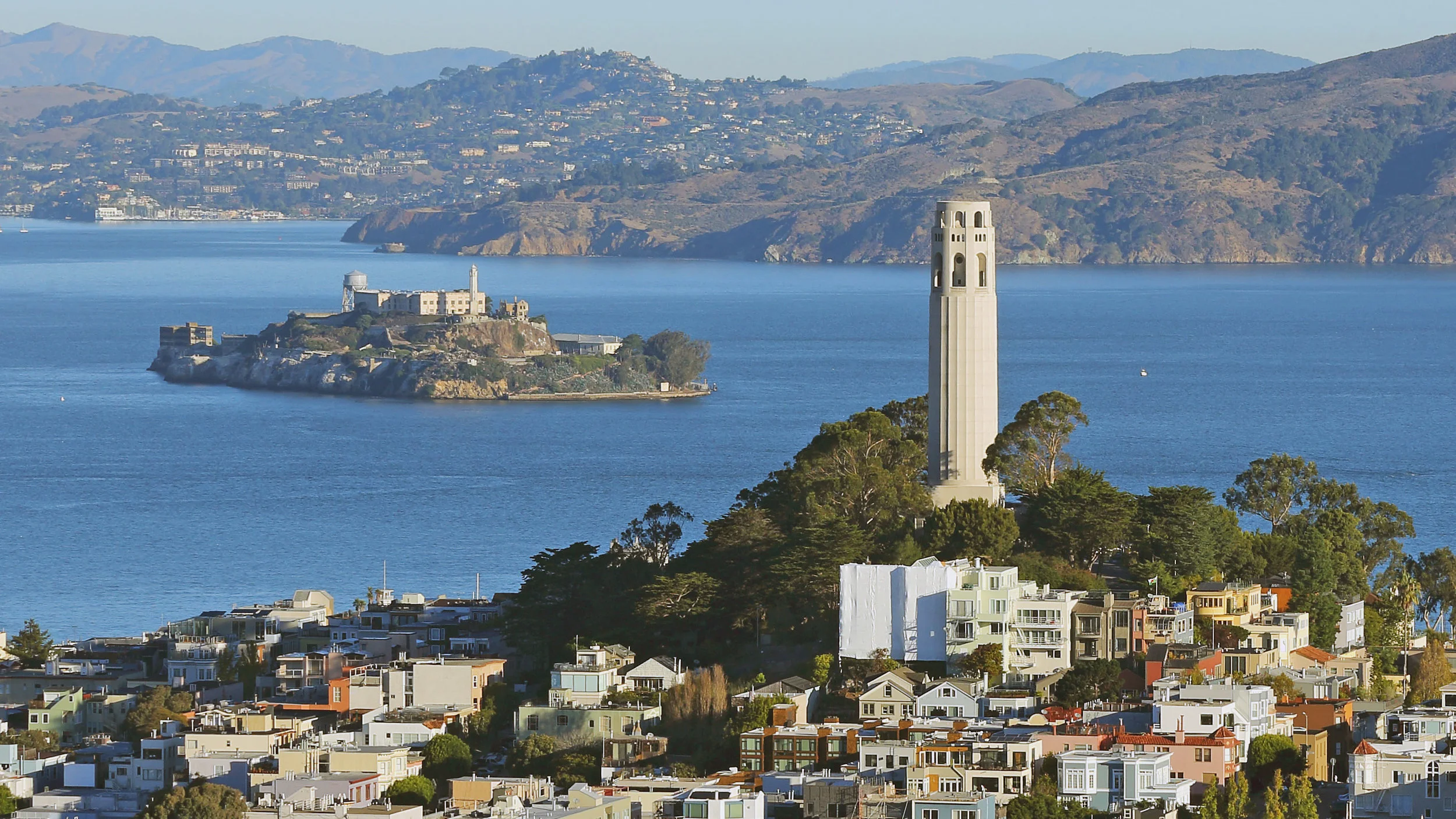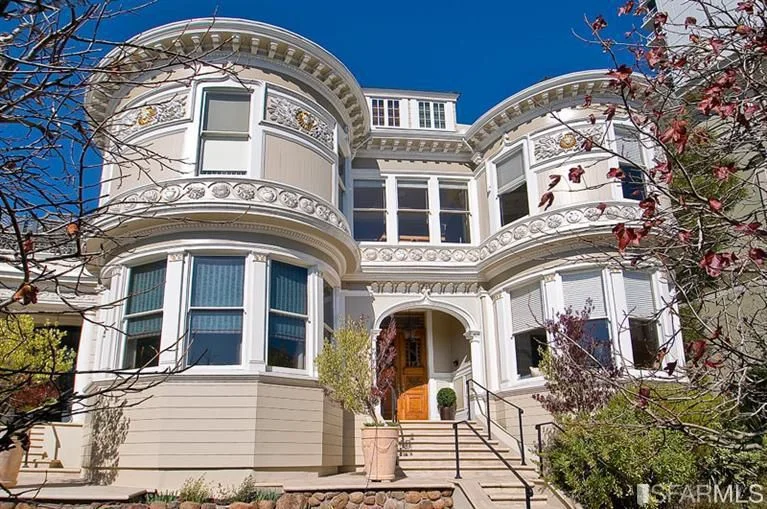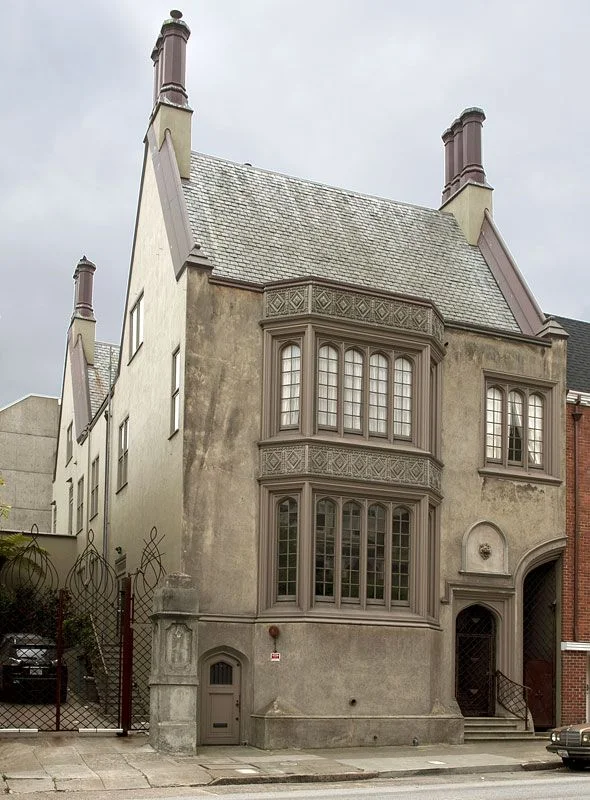The Survival of Landmark #7
/Audiffred Building
Landmark #7
1-21 Mission Street
In the late 1800’s, Hippolite d'Audiffret ("Audiffred"), a Frenchman who had been living in Mexico, reportedly walked to San Francisco from Veracruz due to the increasing French nationals unpopularity with native Mexican country men and women. Upon his arrival in the city, Hippolite d'Audiffret built a profitable business selling charcoal in Chinatown. The Audiffred Building was constructed for him in 1889 to presumably house his business. Over the years this corner building had many tales of survival that added to the fabric of its legacy. This history and it’s unusual architectural style led to the Audiffred Building being designated Landmark #7. To this day, it is one of the few surviving buildings on the waterfront.
1906
San Francisco had the busiest waterfront on the west coast with a harbor filled with ships, bustling commerce, and shops serving every maritime need. At the turn of the 19th century, the Audiffred Building’s first floor retail spaces were rented to a restaurant and three saloons. The Bulkhead Saloon was one of these tenants.
In an attempt to stop the fires following the 1906 earthquake, the San Francisco Fire Department wanted to create a firebreak between the burning city and the wharfs. They blasted every other building with dynamite except the Ferry Building. As the tale is told, the fireman spared the Audiffred Building because they received an offer they couldn’t refuse. The very wise bartender at the Bulkhead saloon bribed the firemen with a keg of whiskey and a cart full of wine if they would spare the building. Needless to say, the building was saved.
“The very wise bartender at the Bulkhead Saloon bribed the firemen with a keg of whiskey and a cart full of wine if they would spare the building. Needless to say, the building was saved.”
1934
The Audiffred Building served as headquarters for the 1934 West Coast Waterfront strike that lasted eighty-three days when longshoreman in every west coast port walked out. The strike peaked with “Bloody Thursday,” a day when sailors Howard Sperry and Nick Bordoise were shot dead by police outside. A monument commemorates this tragedy at the corner of Steuart and Mission streets.
1934 West Coast Waterfront Strike, As A Monument, Dedicated To Events Or People, As An Exhibit of Art
1946 - 1955
With the decline of San Francisco's waterfront in the mid-twentieth century, the Seven Seas Club for homeless sailors moved into the building in 1946. Bohemian artists and writers including Elmer Bischoff, Howard Hack, Frank Lobdell, Hassel Smith, Martin Snipper, and Lawrence Ferlinghetti occupied lofts and studios on the two upper floors. The living spaces had no electricity and were condemned in 1955 as unsafe for living quarters.
1978
A fire from a gas main break gutted the building in 1978 leaving it scheduled for demolition. The building was saved by public demand. The Audiffred Building became the City of San Francisco's Landmark #7 and was placed on the National Register of Historic Places in May 1981.
1983 – 1984
A domed penthouse was added in the reconstruction after the fire. The building was subsequently bought by real estate developer Dustan Mills. In 1983–1984 it was refurbished and repurposed into office space by William E. Cullen.
1991
It was restored over a two-year period, and then in 1991, after the removal of the Embarcadero Freeway, the handsome building again saw the light of day.
1993 - Present
Since 1993, the Audiffred Building has housed Boulevard restaurant.



